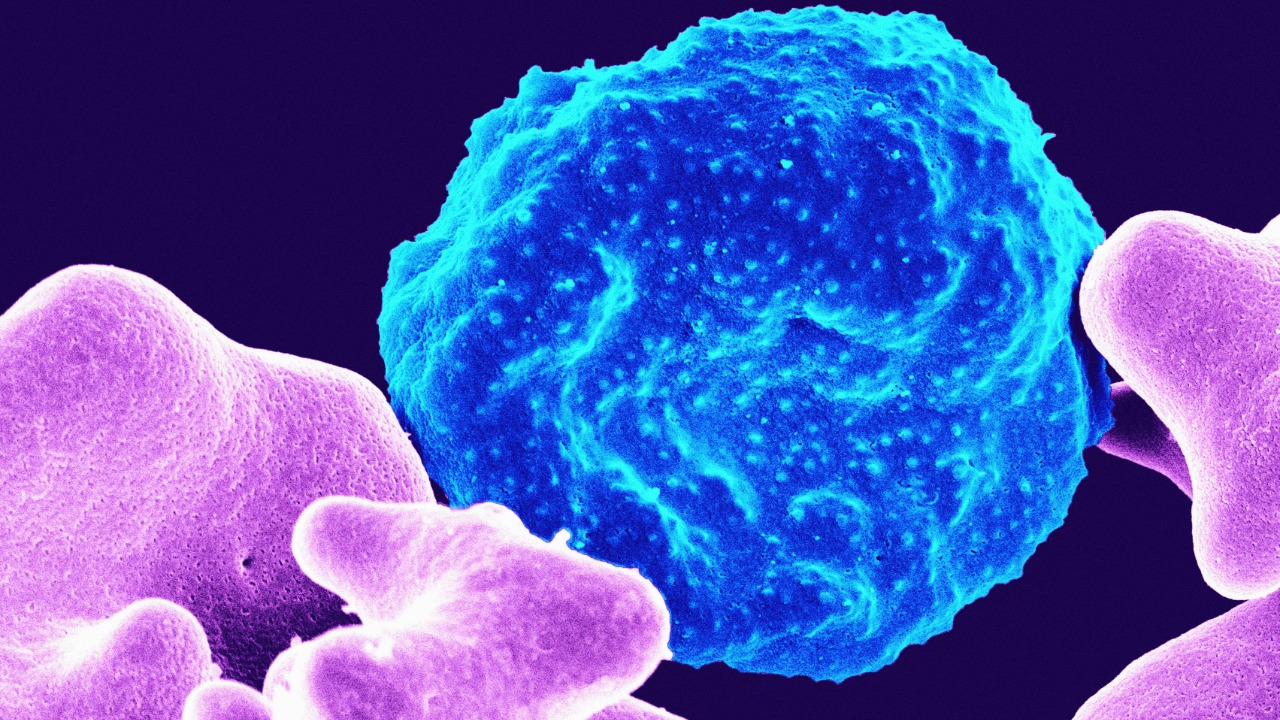
In a groundbreaking development for the field of oncology, artificial intelligence (AI) has unearthed patterns in breast cancer cells that have eluded human doctors for years. This discovery, which could enhance early detection rates, was first reported in March 2023. It also brings to the fore broader implications for the future of medical diagnostics. As AI systems continue to demonstrate their ability to diagnose patients with an accuracy that rivals or even surpasses that of physicians, as per a September 2025 analysis, we are witnessing a pivotal shift in healthcare. This shift is characterized by technology’s ability to uncover cellular anomalies that were previously undetected, thereby promising to revolutionize cancer care.
How AI Uncovered Hidden Cancer Patterns
AI algorithms have been instrumental in analyzing imaging data to identify subtle abnormalities in cancer cells that have slipped past traditional radiological reviews. These algorithms have been trained on vast amounts of data, enabling them to spot irregularities that may be overlooked by the human eye. For instance, in breast cancer screenings, AI has flagged anomalies that were missed by doctors, thereby contributing to advancements in detection technology.
The precision of these AI systems can be attributed to the extensive training data and computational models they are based on. These systems have shown significant improvements over manual methods, demonstrating the potential of AI in healthcare diagnostics.
Breast Cancer Detection Breakthroughs
A report published in March 2023 titled “Using A.I. to Detect Breast Cancer That Doctors Miss” highlighted how AI has enhanced the accuracy of mammograms. The integration of AI in breast cancer detection has led to a reduction in false negatives, thereby improving the reliability of diagnoses.
Several case studies and trial results have shown that AI has an edge in identifying early-stage tumors that are often overlooked in routine exams. These findings underscore the potential of AI in revolutionizing cancer detection and treatment.
Challenges in Traditional Cancer Diagnosis
Traditional methods of cancer detection, led by humans, have faced several challenges. These include fatigue and variability among radiologists, which can lead to oversights in cellular analysis. Such oversights persisted for years before the intervention of AI.
When compared to conventional methods, AI-assisted approaches in oncology settings have shown lower error rates. This highlights the potential of AI in improving the accuracy and reliability of cancer diagnoses.
AI’s Broader Role in Patient Diagnosis
A recent article titled “If A.I. Can Diagnose Patients, What Are Doctors For?” delves into the shifts in clinical workflows brought about by AI. The potential of AI extends beyond cancer detection to handling complex diagnostics, such as integrating patient history with imaging.
However, the adoption of AI for routine patient evaluations raises several ethical considerations. These include concerns about patient privacy and the reliability of AI diagnoses, which need to be addressed to ensure the successful integration of AI in healthcare.
Implications for Doctors and Healthcare
AI detection tools are not intended to replace physicians in cancer care, but rather to augment their capabilities. For this collaboration to be effective, doctors need to be trained to work with AI systems.
The integration of AI in healthcare could have significant impacts on patient outcomes. These include faster diagnoses and the development of personalized treatment plans, which could improve the quality of care and patient satisfaction.
Future Directions in AI-Driven Oncology
Research is ongoing to expand the use of AI to other types of cancer beyond breast cancer. However, there are regulatory and adoption hurdles that need to be overcome for AI to be integrated into clinical practice.
In the long term, AI could provide global accessibility to advanced detection methods, particularly in underserved areas. This could significantly improve cancer detection rates and patient outcomes, thereby transforming the landscape of cancer care.
More from MorningOverview